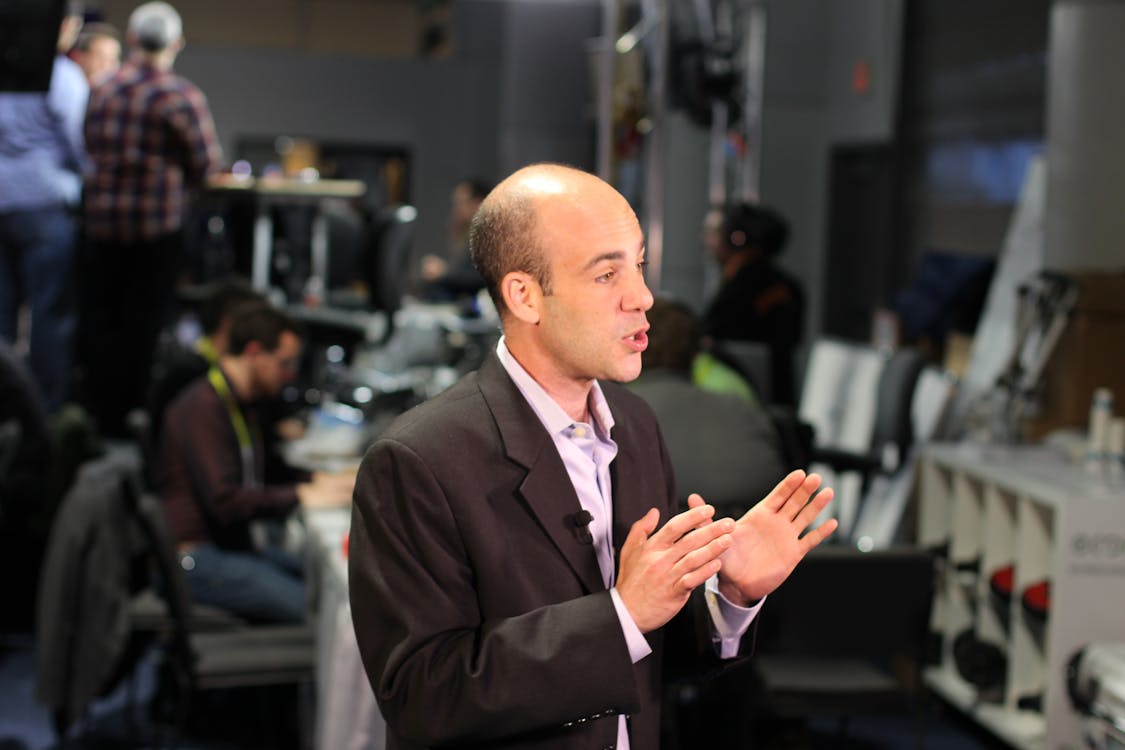You’ve just convened your auction committee for its first meeting. After exchanging names and pleasantries, it’s time to set a crucial expectation:
Your auction is a business that will be fun, not a party that makes money.
Right from the start, it is very important that your committee buy into the fact that they are setting the standard for the future, that they are being asked to be businesslike, and that they are expected to manage this joint effort with an eye toward what happens after their tour of duty is concluded.
In other words, you are asking them to help you build the business and be part of your start-up company even though they may intend to serve on the committee for only one year. They need to see, right away, that the focus is on making decisions for the good of the cause on a long-term basis, not just to be expedient for the moment.
See our recent post on this topic: Break the One-year Planning Cycle for Your Fundraiser
If you sense reluctance from any or several of the committee on this subject, it’s best to get it on the table and discuss it at the first meeting. If you don’t, you will be fighting negativity for months, and it will ultimately limit your success.
No Ideas Are Bad Ideas. Well, Actually…

Each of your committee members will come with his or her own ideas of what should and should not be done, based on personal experience.
You don’t have all the answers, nor should you suggest that you do, because it is important for your committee members to take ownership of the process. Ownership comes from having one’s ideas accepted – or at least given a fair consideration – as part of the total process.
However, remember the old adage that “A camel is a horse that was designed by a committee.” You don’t want to be trapped into building something you did not set out to build by being inclusive for its own sake.
“A camel is a horse that was designed by a committee.”
Test new ideas and ask how they fit with the overall objectives. Sometimes, great ideas can be misplaced and become counterproductive, so always ask, “How does this idea fit with our goal, our theme, our objectives, our process?” and so on.
As an example, say a committee member suggests that you have dancing for the audience before dinner “to get everyone loosened up and enjoying themselves.” Ask, “Okay, so with our schedule – which must include a Silent Auction and Live Auction – what do we cut back or eliminate to make time for the dancing?”
In other words, you want to add ideas that enhance the objectives and planning, not pull in an opposite direction.
Time Is Money

One point that the entire committee must understand from the very beginning is that you do not have an endless amount of time on the day of your event.
If you follow a typical schedule, you might open the doors at 5:00 P.M. and you must be done by 10:00 P.M., so you have only five hours to make your fundraising work. Every minute is a “revenue minute,” which means that every minute is an opportunity to earn money.
You may choose to use that time for other things (such as welcome speeches, awards, thanking the committee, dancing, video presentations, games, entertainment, singing, etc.), but when you do be mindful that there is a cost associated with it.
An example:
Assume you wish to make $100,000 from your guests on the night of the event. Your “hours of operation” are from 5:00 P.M. to 10:00 P.M., which gives you five hours total for selling auction items and raffle tickets, soliciting cash contributions, and selling merchandise. That works out to $20,000 per hour, or $333.34 per minute. If you take away 15 minutes for moving your guests from the Silent Auction to the dinner tables, and another 15 minutes for socialization at their tables, you now have four and a half “revenue hours,” which means you now need to make $22,222 per hour, or $370.37 per minute. When you take away more time for welcome and thank you speeches, add in a video presentation and some other distractions, you could easily lose another 30 minutes, so now you are down to four “revenue hours” and must earn $25,000 per hour, or $417 per minute.
Do you see what happens? Time really is money!
So, when a committee member suggests that a choir give a performance, or you hire a magician, or have an hour for dancing, these activities actually cost your event $X per minute, which needs to be factored into your plans. Twenty minutes of dancing costs your event more than $8,000 – and that doesn’t include the actual cost of the band!
We aren’t saying you shouldn’t have a band, or have dancing or entertainment. Just be mindful of the real costs associated with those decisions. If you compress the number of revenue minutes by using them for something not directly related to generating revenue, you will need to raise more money in the time remaining.
This goes especially for speakers

By the way, you should use the above example when someone wants to give a speech to get everyone ready to bid, or to explain the cause they are supporting.
Remind the speaker that every minute is a revenue minute, and you are “willing to give them $1,000 of your revenue time” for a three-minute talk. After that, however, you expect them to write a check, at $333 per minute, to make up the difference.
You will be amazed how short the welcome remarks become!
This post is adapted from The Big Book of Benefit Auctions by Jay R. Fiske and Corinne A Fiske.




